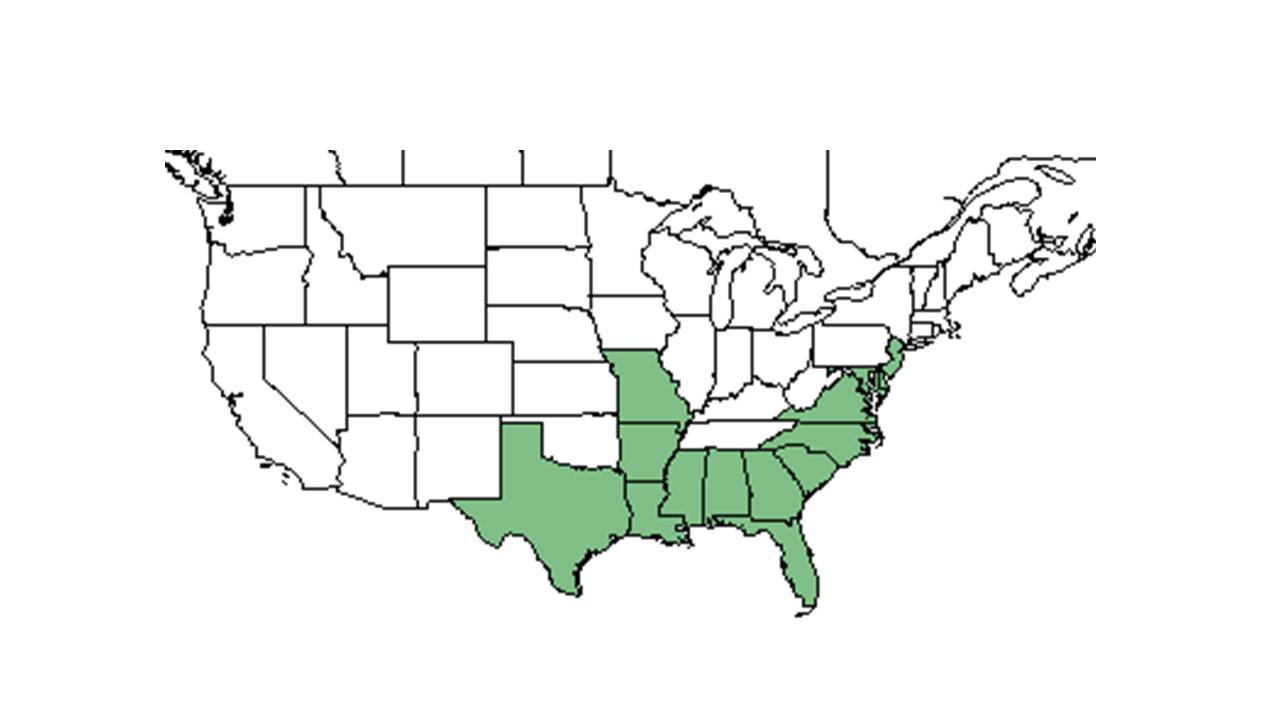Difference between revisions of "Pluchea foetida"
(→Ecology) |
(→Conservation and Management) |
||
| Line 41: | Line 41: | ||
<!--===Diseases and parasites===--> | <!--===Diseases and parasites===--> | ||
| − | ==Conservation and | + | ==Conservation and management== |
| + | |||
==Cultivation and restoration== | ==Cultivation and restoration== | ||
==Photo Gallery== | ==Photo Gallery== | ||
Revision as of 20:05, 29 June 2016
| Pluchea foetida | |
|---|---|

| |
| Photo taken by Gil Nelson | |
| Scientific classification | |
| Kingdom: | Plantae |
| Division: | Magnoliophyta – Flowering plants |
| Class: | Magnoliopsida – Dicotyledons |
| Order: | Asterales |
| Family: | Asteraceae ⁄ Compositae |
| Genus: | Pluchea |
| Species: | P. foetida |
| Binomial name | |
| Pluchea foetida (L.) DC. | |

| |
| Natural range of Pluchea foetida from USDA NRCS Plants Database. | |
Common name: stinking camphorweed
Contents
Taxonomic notes
Synonyms: Pluchea foetida (Linnaeus) A.P. de Candolle var. foetida; P. tenuifolia Small
Description
A description of Pluchea foetida is provided in The Flora of North America.
Distribution
Ecology
Habitat
In the Coastal Plain in Florida and Georgia, P. foetida can be found at edges of creeks and swampy woodlands, bordering deciduous forests, cypress-sweetgum swamps, cabbage palmetto/ water hickory hammocks, marshy areas, flatwood streams, deeply shaded floodplains, moist depressions of sandbars, wet drainage bordering savannas, slash pine-wiregrass flatwoods, wiregrass/saw palmetto with scattered pines and cypress bays, swamp forests, open bogs, and semi shaded mesic woods along creek swamps (FSU Herbarium). It has also been documented to grow in sandy ditches bordering slash pine/gallberry flatwoods, clearings of swampy woodlands, and moist depressions along trails. Associated species include slash pine, gallberry, wiregrass, saw palmetto and cypress trees (FSU Herbarium). It has been observed to grow in shaded and semi-shaded areas (FSU Herbarium). Soil types can include peaty soils, mucky moist loamy sands, coarse sands of a pond shore, and drying loamy soil (FSU Herbarium). Associated species include Cypress, sweetgum, cabbage palmetto, hickory, slash pine, wiregrass, saw palmetto, and gallberry (FSU Herbarium).
Phenology
Flowering has been documented June through November (FSU Herbarium).
Seed bank and germination
Several short-lived perennial forbs also have a seed bank persistent for at least several years (Platt et al 2006).
Conservation and management
Cultivation and restoration
Photo Gallery
References and notes
Florida State University Robert K. Godfrey Herbarium database. URL: http://herbarium.bio.fsu.edu. Last accessed: July 2015. Collectors: Robert K. Godfrey, D.B. Ward, James P. Gillespie, R. Kral, John Morrill, Loran C. Anderson, Almust G. Jones, Robert A. Norris, P.L. Redfearn, Bruce Hansen, JoAnn Hansen, Kent D. Perkins, John B. Nelson, L. Baltzell, O. Lakela, N. C. Henderson, R. Komarek, J. M. Kane, Cecil R Slaughter, T. MacClendon, K. MacClendon, Grady W. Reinert, R. D. Houk. States and Counties: Florida: Calhoun, Citrus, Columbia, Duval, Escambia, Franklin, Gulf, Hernando, Hillsborough, Holmes, Jackson, Jefferson, Leon, Liberty, Levy, Nassau, Okaloosa, Orange, Pasco, Polk, Putnam, Santa Rosa, St. Johns, Taylor, Volusia, Wakulla, Walton, Washington. Georgia: Grady, Thomas. Compiled by Tall Timbers Research Station and Land Conservancy.
Platt, W. J., S. M. Carr, et al. (2006). "Pine savanna overstorey influences on ground-cover biodiversity." Applied Vegetation Science 9: 37-50.